Taking a day trip to Volcano National Park from Oahu is an adventure of a lifetime.
This journey takes you right into the heart of Hawaii's geological wonders, where active volcanoes breathe life into unique ecosystems and cultural narratives.
A day trip to Volcano National Park from Oahu allows you to witness nature in its rawest form – it's not just about seeing lava flow or trekking across volcanic landscapes.
You also get the chance to immerse yourself in rich Hawaiian culture, learn about fascinating geology, and explore diverse flora and fauna that thrive amidst these fiery mountains.
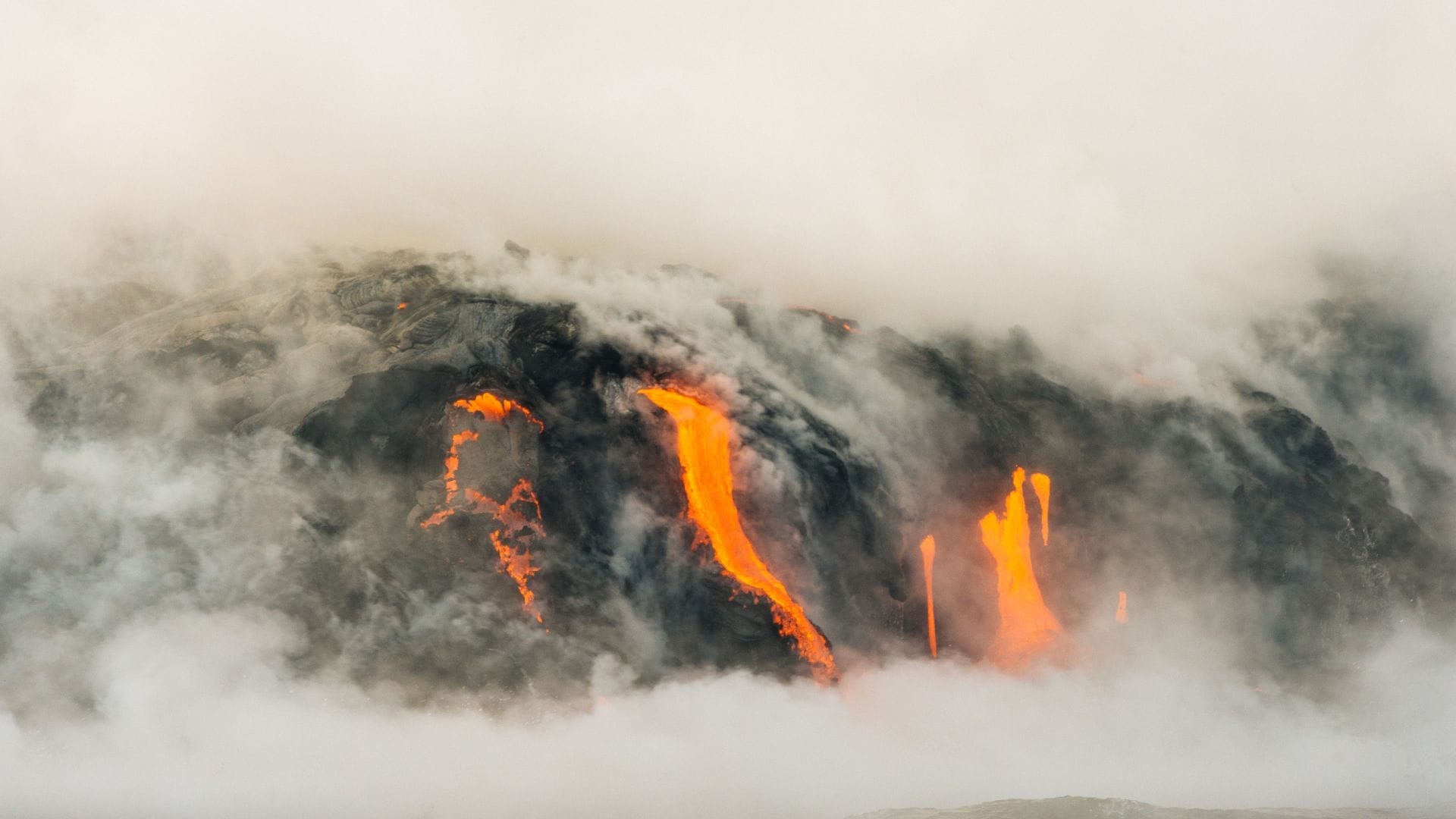
Volcano National Park in Oahu - Overview
Located just 3 hours away from Honolulu, this park offers everything from stunning landscapes to exciting hikes.
With its unique and diverse ecology, as well as numerous recreational activities such as camping and fishing, there's plenty to keep both young and old occupied here.
Get ready for an unforgettable day trip- we'll give you all your need to know about Volcano National Park in Oahu!

Is Volcano National Park in Oahu Worth Visiting?
Yes, it's definitely worth visit, as it's one of the most spectacular places on the island. From breathtaking hikes and ancient volcanoes to lush rainforests and unique geological formations.
This park offers visitors a chance to explore some of Earth's remote beauty and natural wonders.
Whether you're a nature-lover seeking challenging trails or are simply looking for peaceful solitude surrounded by unspoiled foliage, this breathtaking trip will be sure to impress and create lasting memories!
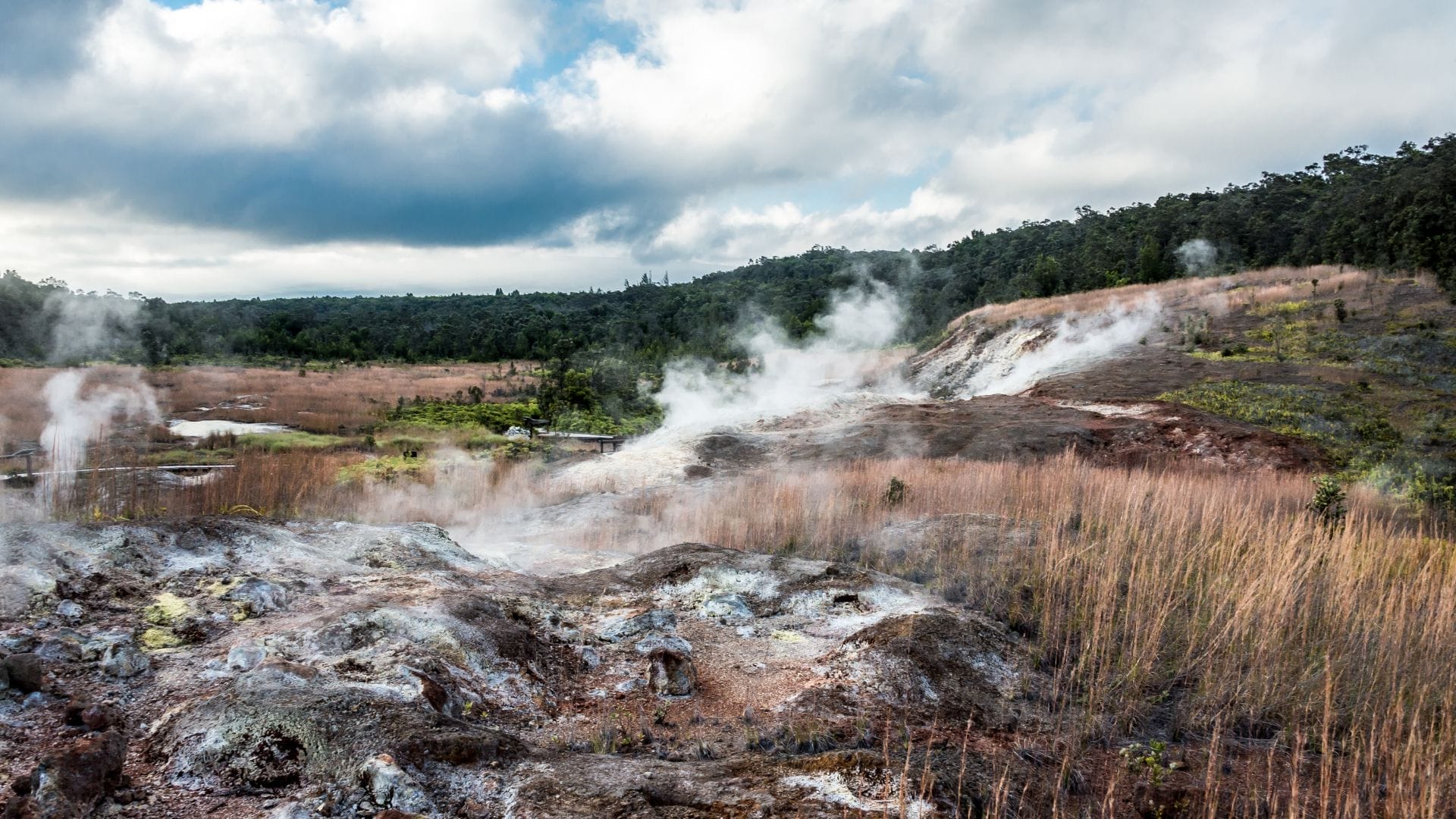
Hawaii Volcanoes National Park Opening Times
Hawai'i Volcanoes National Park is always open. You can visit any time you'd like, day or night, even on holidays.
If you're looking for the Kīlauea Visitor Center, simply head to Crater Rim Drive, and you'll see it on your right.
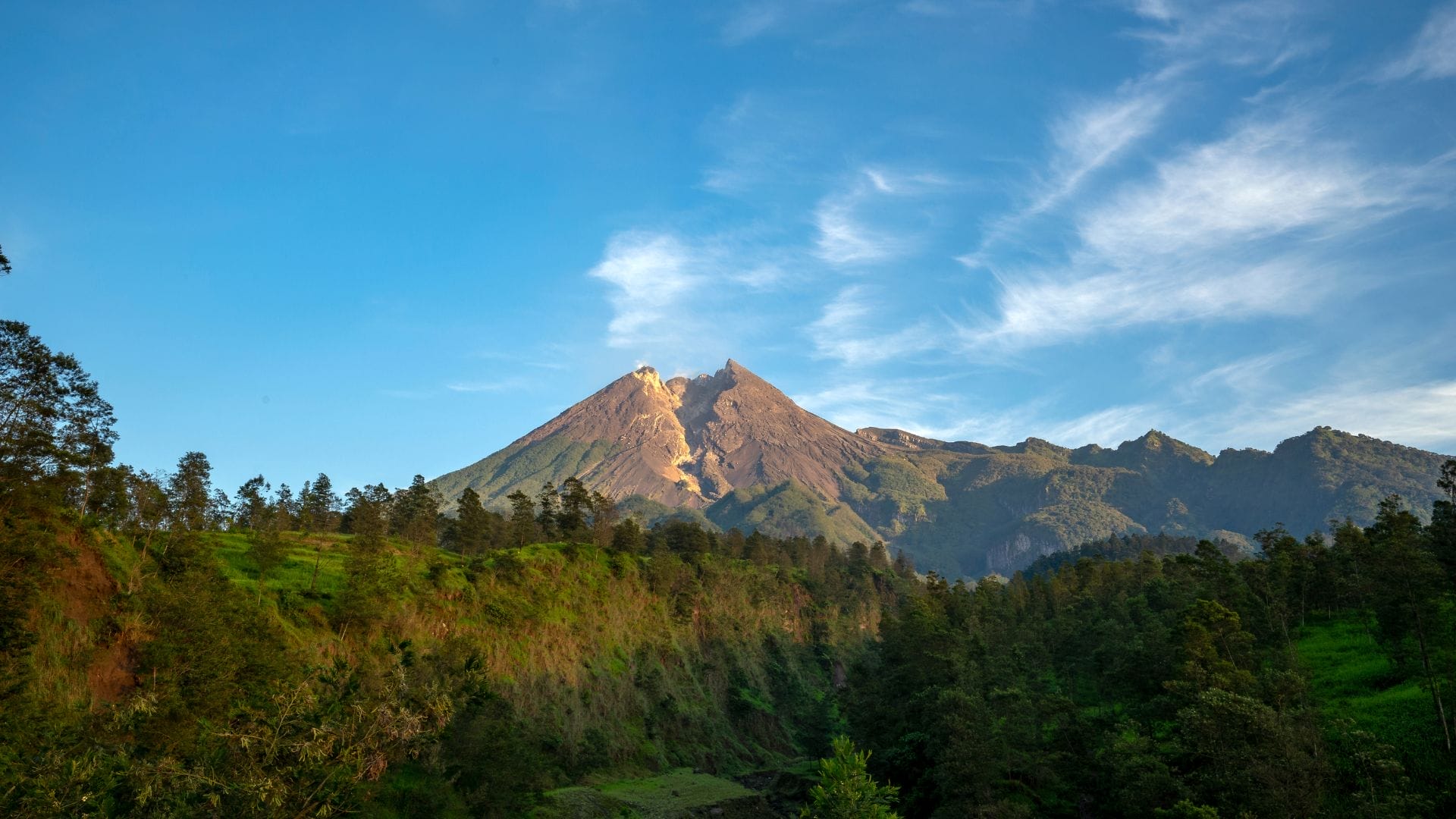
How to Get to Hawaii Volcanoes National Park?
There may not be a direct connection, there is a way to make the journey and it's simple enough.
Hop on the line 20 bus to Airport Upper Level and take a quick walk to the Honolulu airport. From there, fly to Hilo and, once on the Big Island, grab a taxi to the national park.
While it might not be the quickest route, the scenery is sure to make up for the extra travel time.

Best Trails in the National Park
Volcano National Park is the perfect place for your day trip! Filled with lush rainforests, billowing steam vents, dynamic volcanoes and even petroglyphs, this paradise will amaze and delight outdoors lovers.
From active hikes to easy strolls and everything in between, there is something for everyone at this incredible national park—come join us on a journey through some of its best trails!
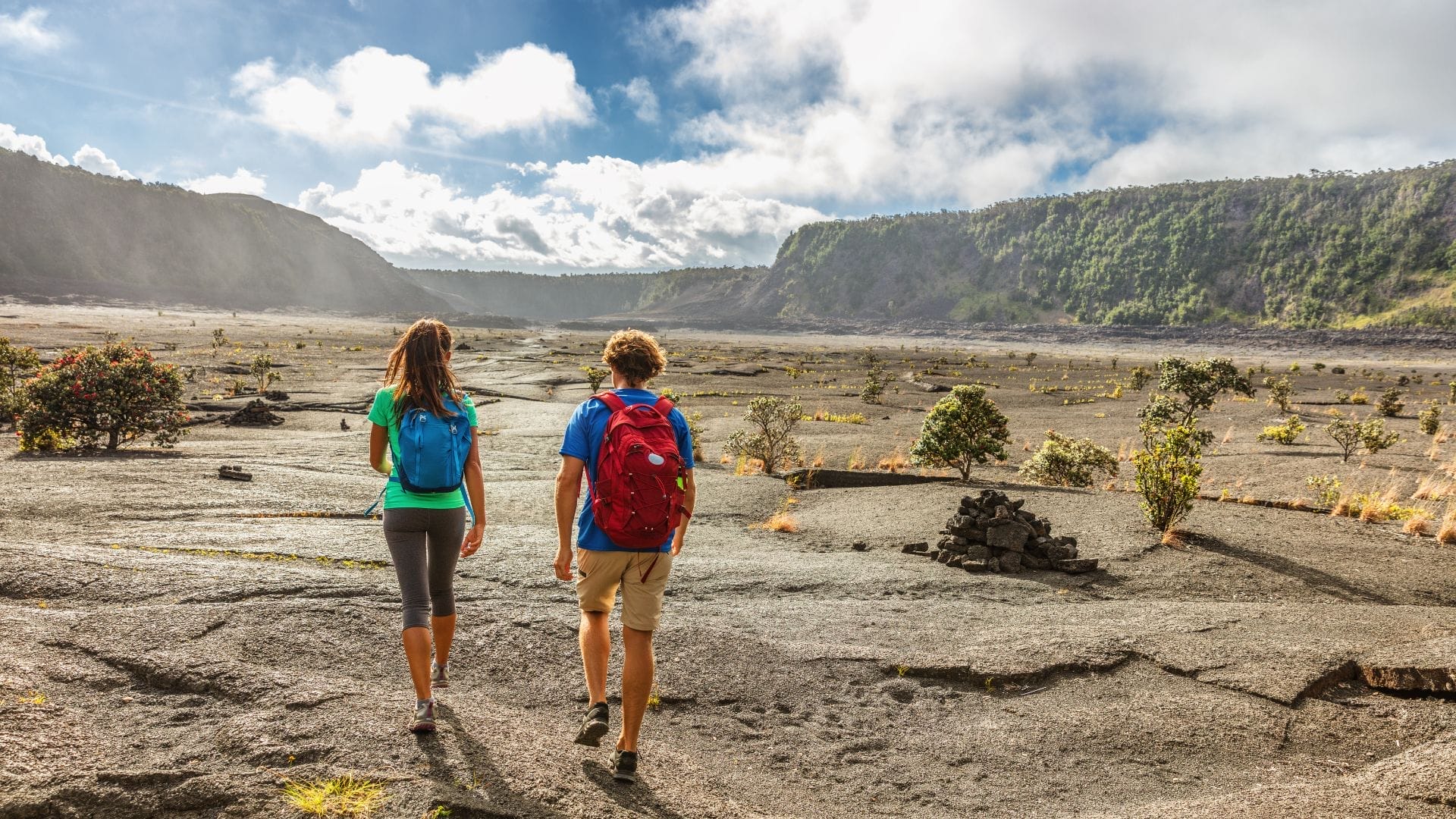
Kilauea Iki Trail and Crater Rim Trail
The Kilauea Iki Trail and Crater Rim Trail are some of the best trails in Oahu and it must be on your bucket list. The Kilauea Iki Trail stretches over four miles, and you can expect to take about two to three hours to complete it.
The trail is not too strenuous, with a few inclines and some uneven terrain, but the views of the volcanic landscape and the steam vents will make it worth the effort.
After completing the Kilauea Iki Trail, you can move on to the Crater Rim Trail. The Crater Rim Trail offers sweeping views of the Kilauea caldera and stretches eight miles around it.
However, you can choose to do a shorter version of the Crater Rim Trail if you'd like.
The Kilauea Iki Trail and Crater Rim Trail are perfect for hikers of all levels who love unique scenery and a bit of adventure.
Key-Takeaway
The Kilauea Iki Trail and Crater Rim Trail offer a unique and adventurous hiking experience for all levels of hikers, with breathtaking views of the volcanic landscape.
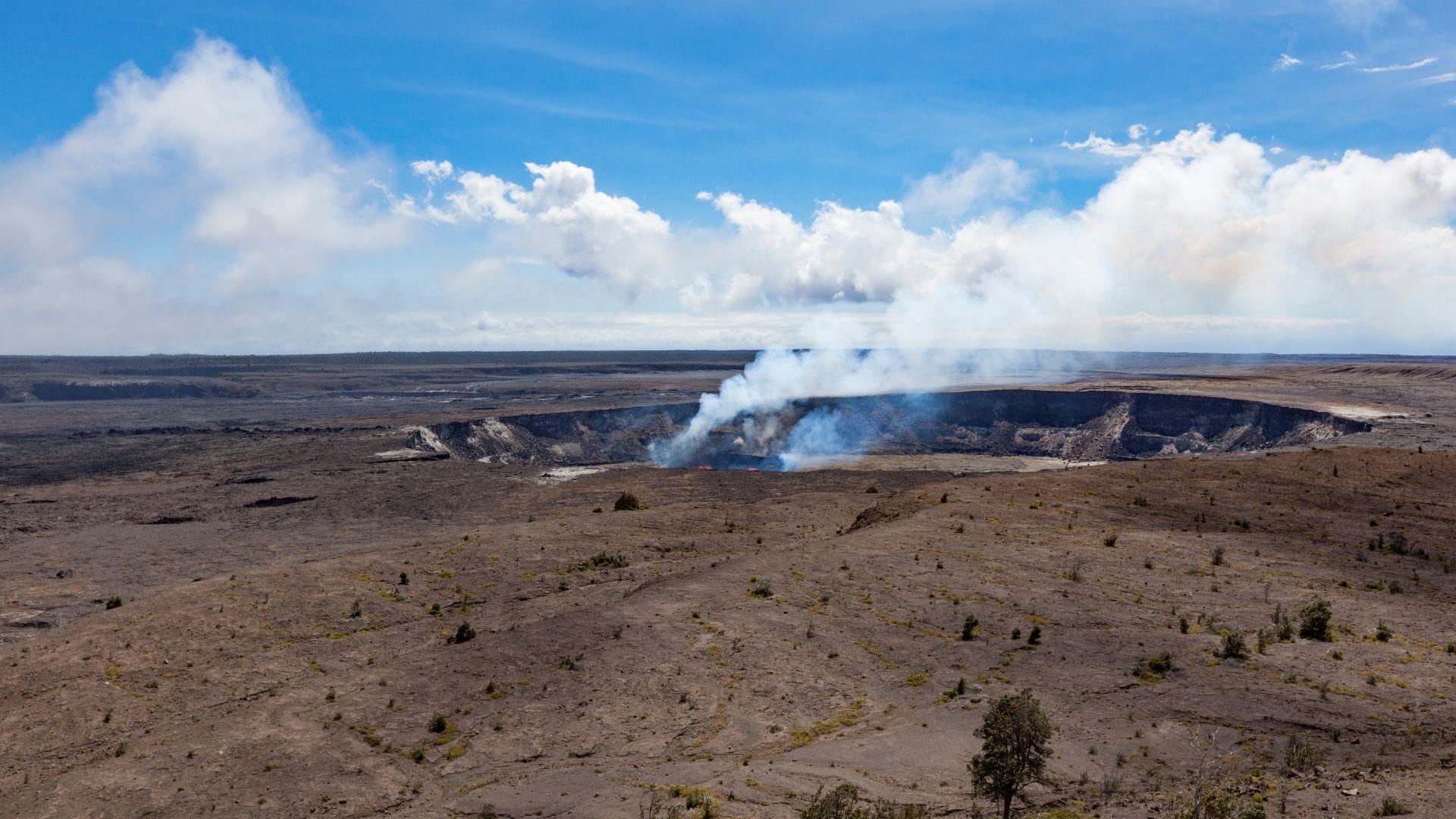
Halema’uma’u Steam Bluff and Sulfur Banks
The Halema’uma’u Steam Bluff and Sulfur Banks trail isn't the most challenging hike in the park, it's still a great opportunity to stretch your legs and get some fresh air.
The trail takes about 45 minutes to an hour to complete and covers a distance of only about 1.5 miles, so you can easily fit it into your day.
At the end of the trail, you'll be rewarded with an awe-inspiring view of the Halema’uma’u Steam Bluff and Sulfur Banks, two of the park's most unique and fascinating geological features.
Key-Takeaway
The Halema’uma’u Steam Bluff and Sulfur Banks trail is a fun, easy hike that takes around an hour to complete, offering breathtaking views of two of the park's most unique geological features.

Crater Rim Drive to Keanakākoʻi Overlook
This trek boasts stunning views of the island's volcanic landscape, making it a must-see for any outdoorsy traveler.
While the distance of the trail may vary based on your starting point, the hike is generally around 1.5 miles long and is a moderate difficulty level.
You will be surprised with the beautiful scenery along the way makes the journey completely worth it.
Plan for around an hour to complete the hike, but this can vary depending on your pace and photo-taking breaks.
Key-Takeaway
Strap on your hiking boots and explore the island's volcanic landscape with an hour-long moderate hike to Keanakākoʻi Overlook for breathtaking views!
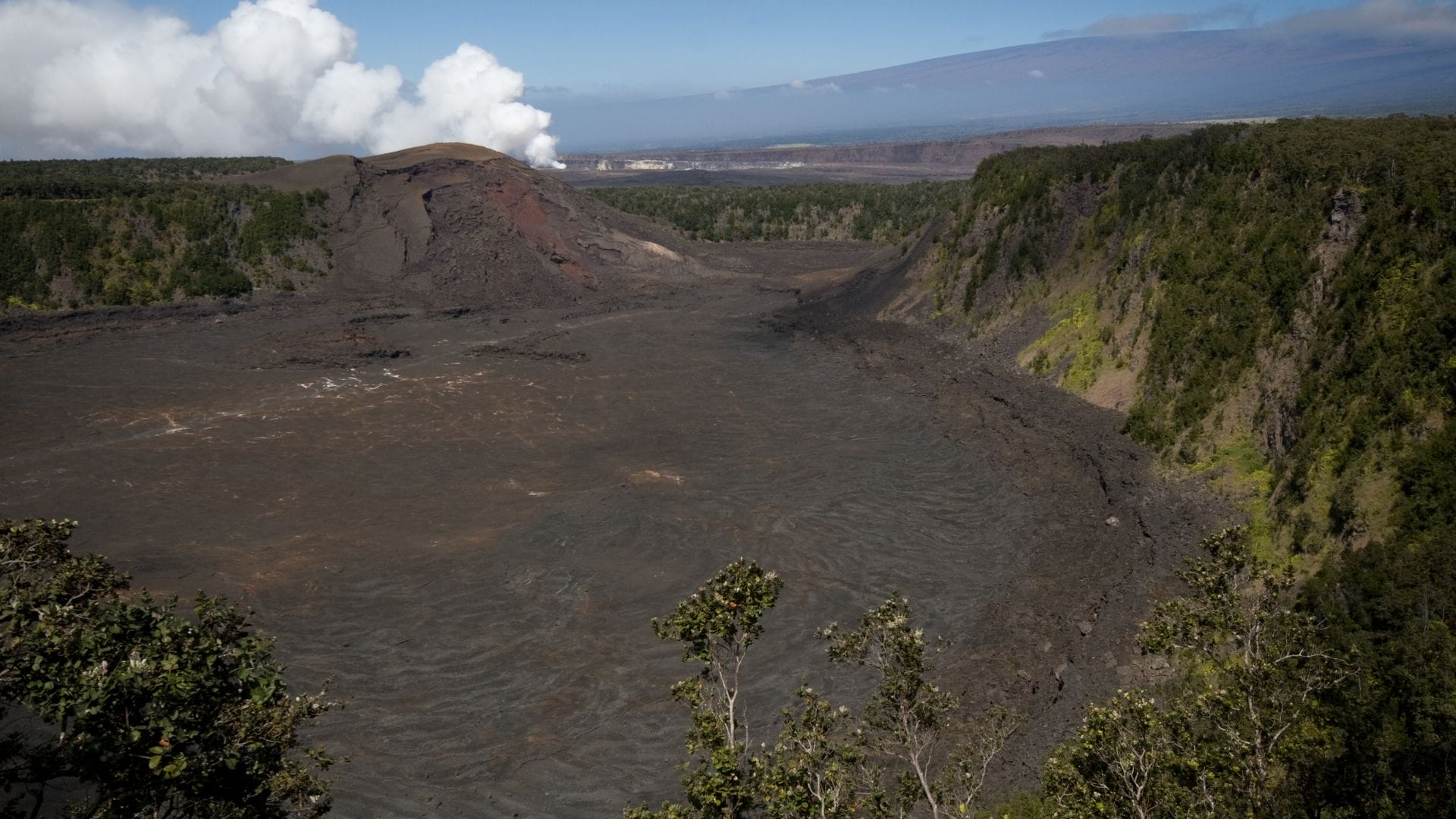
Discover Hawaii Volcanoes National Park
Hawaii Volcanoes National Park is a natural marvel, boasting two of the planet's most active volcanoes - Kilauea and Mauna Loa.
The park offers visitors an unrivaled opportunity to observe geological wonders in real-time.
Situated on Hawaii's Big Island, this expansive national treasure spans over 333,000 acres from sea level to Mauna Loa's peak at 13,677 feet.
With its unique blend of volcanic craters and lava tubes alongside lush rainforests teeming with native species, it serves as an extraordinary educational platform for those fascinated by geology or nature.
The Hawaii Volcanoes National Park, open around-the-clock all year round, provides flexibility for exploration anytime you desire.
However, due to its location on the windward side of the island receiving approximately 200 inches of rainfall annually, anticipate some rainy weather during your visit.
Key-Takeaway
Hawaii Volcanoes National Park offers an incredible opportunity to experience geological wonders and native species in a lush rainforest environment, open 24/7.
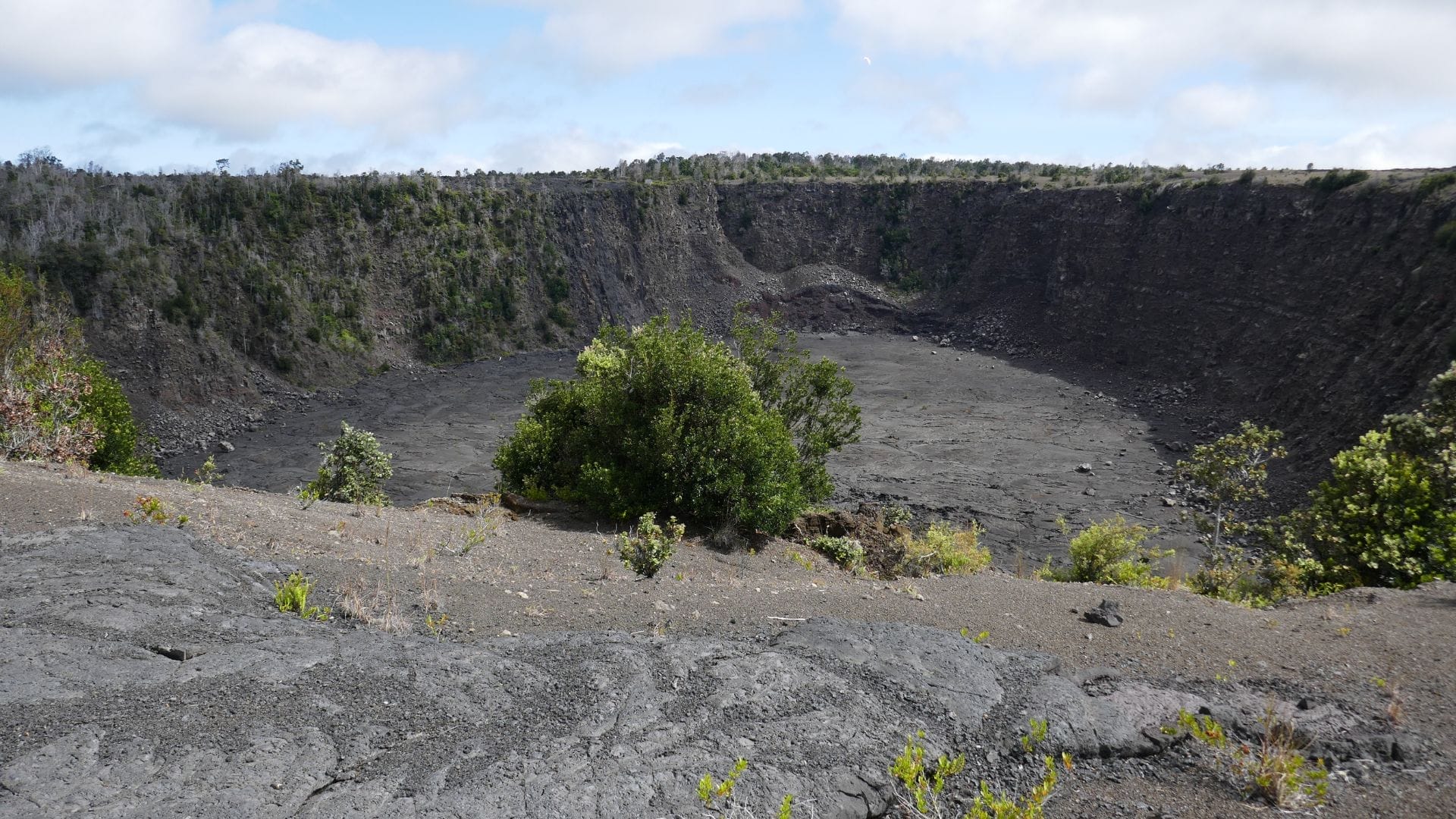
Diverse Ecosystems
The National Park is a haven for diverse ecosystems, from tropical rainforests at the lower elevations to subalpine woodlands higher up, which provide habitat for various endemic species such as Hawaiian honeycreepers and happy-face spiders.
These varied habitats are home to numerous endemic creatures such as Hawaiian honeycreepers (birds) and happy-face spiders (insects).
In addition to these fascinating wildlife encounters along trails or guided tours, there are several rare plants like ohia lehua trees known for their bright red flowers which bloom even amidst fresh lava fields.
Key-Takeaway
The National Park offers a variety of unique ecosystems and wildlife, including Hawaiian honeycreepers, happy-face spiders, and ohia lehua trees with bright red flowers.

Experience Cultural Significance
One day in Volcano National Park is all it takes to experience the cultural significance that this breathtaking site has to offer.
From Oahu, you can take a quick flight or ferry over to the Big Island and spend the day exploring the diverse landscapes and ancient traditions that this park has preserved for centuries.
From the commanding sight of Mauna Loa and the active Kilauea volcano, to the rich Hawaiian folklore that surrounds this sacred land, your senses will be awakened by the beauty and history of this extraordinary place.
Don't just take our word for it, come see for yourself and take home a memory that will last forever!
Key-Takeaway
Spend a day in Volcano National Park to explore the diverse landscapes, active volcanoes, and Hawaiian folklore, and create memories that will last a lifetime.

Planning Your Day Trip to Volcano National Park from Oahu
The first step is to secure your transportation, as regular flights and ferries are operating between Honolulu on Oahu and Hilo or Kona on the Big Island.
We recommend renting a car and coming to the national park from the Big Island's airport, as it's more convenient and the price will be very similar.
Of course, reserving a rental car in advance is highly recommended, especially during the summer months.

Best Time to Visit
Volcano National Park welcomes visitors throughout the year, but each season offers unique attributes that are worth considering when planning your trip.
Spring often brings ideal weather conditions and fewer tourists, providing ample opportunities for uninterrupted exploration.
The rainy seasons, from November to March, can result in lush landscapes.
However, be aware that muddy trails and sporadic road closures due to flooding are possible during these months.
Key-Takeaway
Spring is the ideal time to visit Volcano National Park for its pleasant weather and lack of crowds, while the rainy season offers lush landscapes and unique experiences.
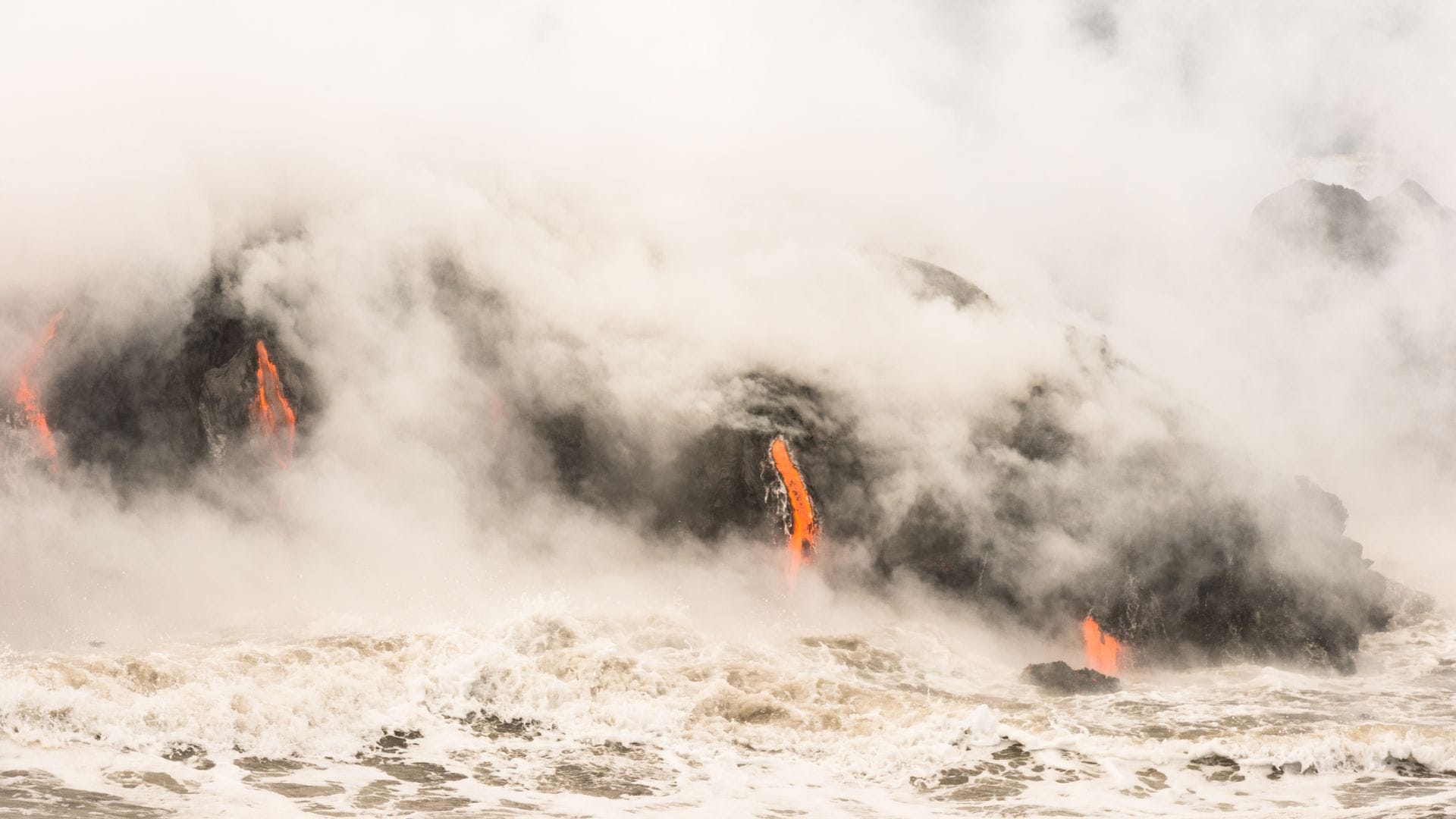
Safety Tips for a Day Trip to Volcano National Park From Oahu
Stick to trails and roads that are marked and open and do not enter areas that have been closed.
Stay clear of cliffs, cracks, and steam vents as they may collapse or be slippery. Keep your feet comfortable by wearing sturdy close-toed shoes as hiking on lava rock can be unpredictable.
Remember to put on sunscreen, a hat, and sunglasses since lava fields are hot and shadeless.
Also, keep yourself hydrated by bringing at least two quarts of drinking water per person. Along the coast, be prepared for strong winds, steep cliffs, high waves, and unpredictable surf.
Always hike and travel with at least one other person and let someone know where you plan to visit. Lastly, know your limits and do not put yourself in any avoidable danger.
Key-Takeaway
When exploring, always wear protective clothing, bring lots of water, travel with a companion, and be mindful of potential risks to ensure a safe and enjoyable experience.

Potential Hazards in the Park
The two active volcanoes - Kilauea and Mauna Loa are breathtaking sights, yet they present certain risks due to their volatile nature.
The volcanic gases like sulfur dioxide can be harmful, especially for people with respiratory issues. Stay updated about current volcano conditions before venturing out.
Besides this, recent lava flows or seismic activities might cause ground instability in some areas within the park.
To avoid any danger, stick strictly to marked trails and pay attention to warning signs set up by park officials.
Key-Takeaway
Visiting Hawaii's active volcanoes Kilauea and Mauna Loa can be a breathtaking experience, but visitors should take caution by staying on marked trails and following official warnings.

Be Prepared for Emergencies
Last but definitely not least: Be prepared. Carry basic first aid supplies along with enough food and water supply per person during your trip.
A map of the area, although it may seem outdated considering the availability of digital maps today, could turn out invaluable in case mobile devices run low on battery life.
Key-Takeaway
Be prepared for your trip by packing basic first aid supplies, food and water, and a map of the area to ensure you are ready for any situation.
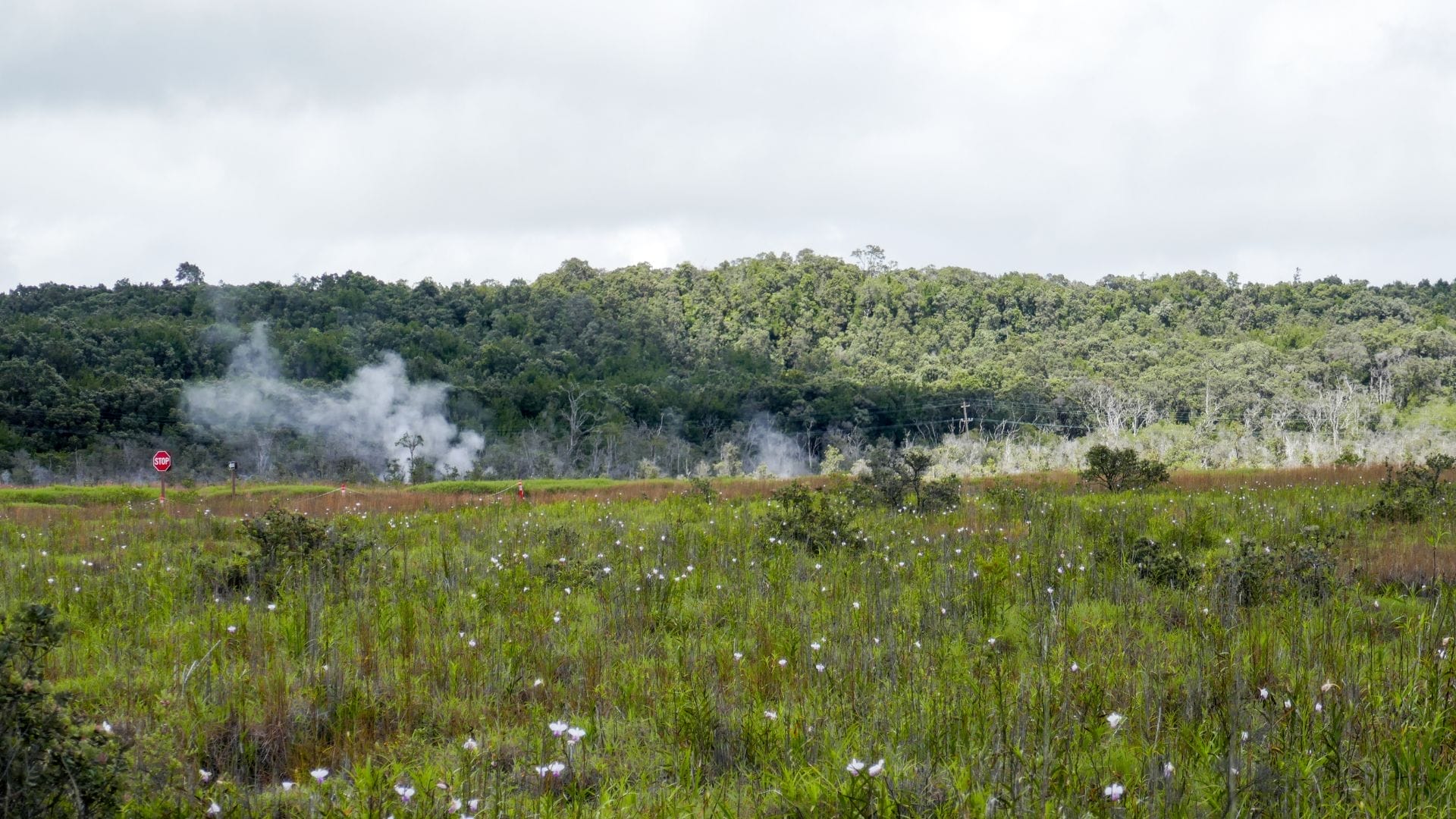
Supporting Conservation Efforts
Considering a trip to Volcano National Park on the Big Island. Not only will you be treated to stunning landscapes and the thrill of an active volcano, but you'll also be supporting conservation efforts.
By paying the park entrance fee, you're helping to preserve one of Hawaii's most unique natural wonders.
And if you really want to do your part, consider participating in a volunteer program or donating to the park's nonprofit partner, the Hawaii Volcanoes National Park Conservancy.

The Role of Leave No Trace Principles
Leave No Trace principles are not just guidelines but rather ethical obligations that help minimize human impact while enjoying outdoor activities.
These seven principles include preparing ahead, sticking to durable surfaces when traveling or camping, disposing of waste properly, leaving nature undisturbed by taking only photographs and memories with you, minimizing campfire impacts if applicable, respecting wildlife from a distance without altering their behaviors in any way, and being considerate toward other visitors.
This will protect the park's delicate ecosystems while also fostering an appreciation for its fragile beauty.
Key-Takeaway
By following the Leave No Trace principles, outdoor activities can be enjoyed while still respecting and protecting nature's delicate ecosystems.
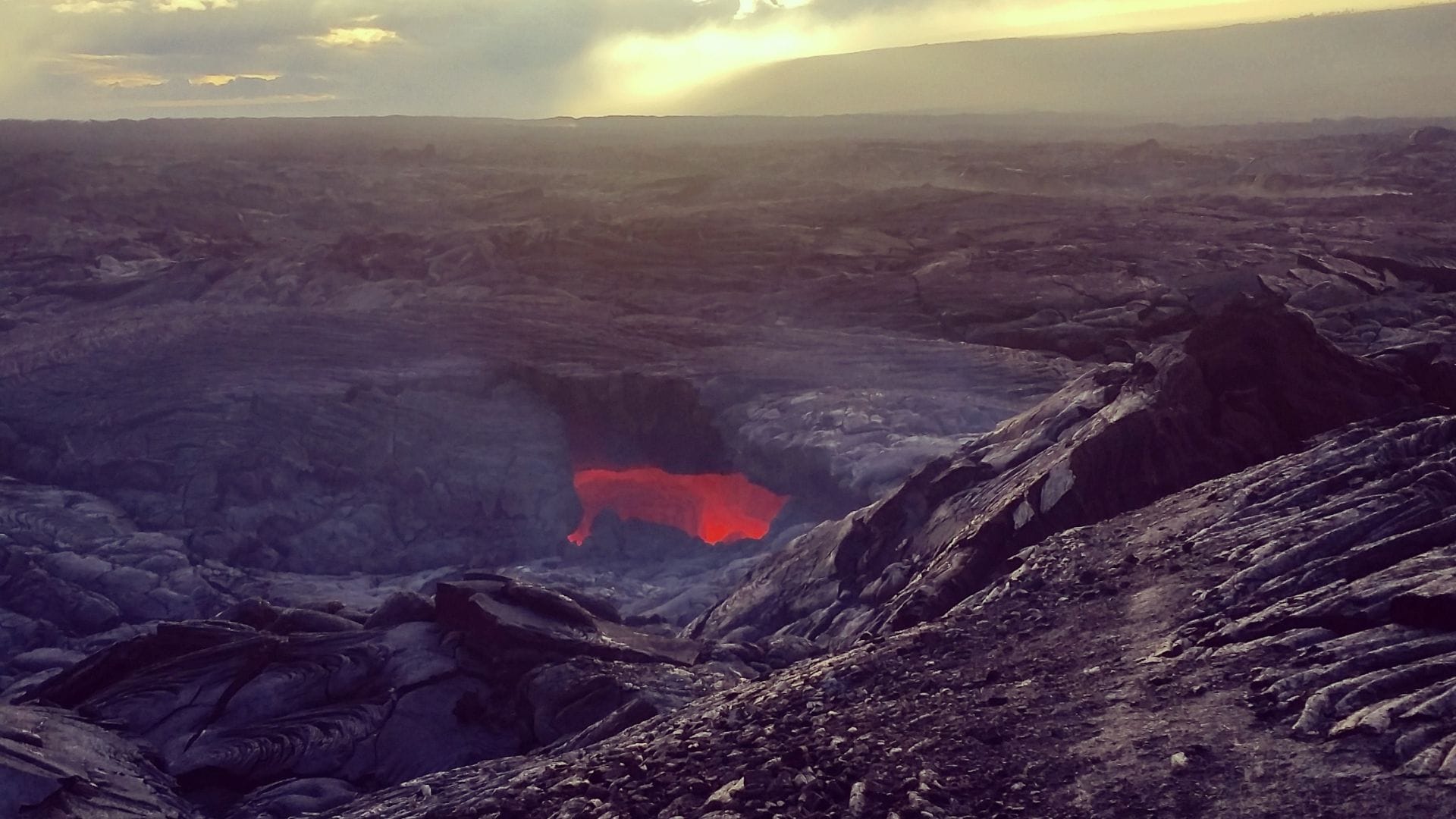
Conclusion:
All in all, a day trip to the beautiful and grand Volcano National Park is absolutely worth it from Oahu.
Whether you decide to drive or take a bus, this natural wonder of Hawaii will bring much joy and pleasure.
Moreover, because you only have one day, you can plan your trip by checking out the maps and making sure that you’ll be able to go around and see what you want in a timely manner.
To conclude, this is one of the best places to visit from Oahu, and we couldn't recommend it enough!
Frequently Asked Questions
You can travel from Oahu to Hawaii Volcanoes National Park by booking a flight or ferry service from Honolulu to Hawaii's Big Island.
Renting a car is recommended for exploring the park conveniently.
A full day trip is usually enough to explore the main highlights of Hawaii Volcanoes National Park, including Kilauea and Mauna Loa volcanoes.
Yes, there are numerous tours available that offer round-trip transportation and guided experiences in Hawaii Volcanoes National Park starting from Honolulu.
The park is open 24 hours but early morning or late afternoon visits is better for cooler temperatures and see fewer crowds.
At 4,000 feet, the summit of Kīlauea can be pretty chilly no matter what time you visit. Make sure to pack a rain jacket and wear long pants.
Not to mention, a sturdy pair of closed-toe shoes will keep your feet comfortable and protected on your journey. A hat, sunscreen, and a water bottle are also essential to make the most of your trip.
Real Hawaii Tours
Free Oahu E-Guide




